Home>Garden Essentials>How Much Azomite Rock Dust To Add To Soil Mix
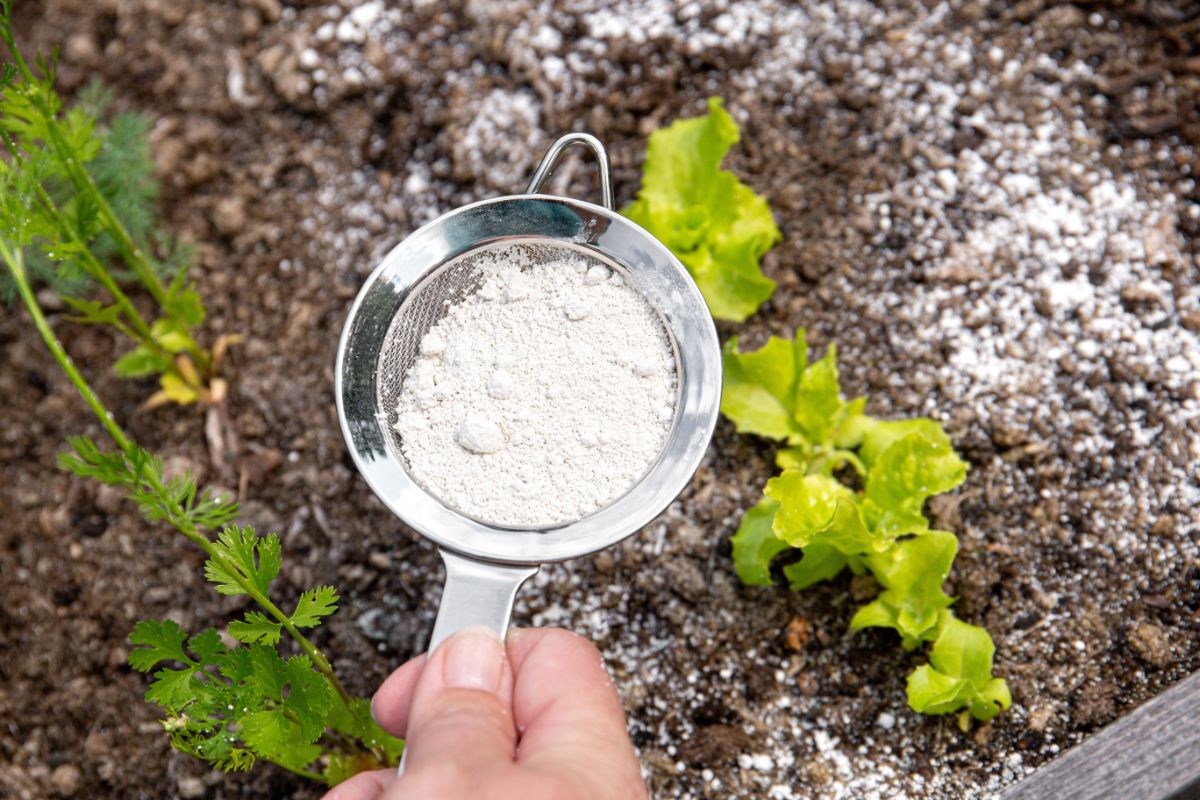

Garden Essentials
How Much Azomite Rock Dust To Add To Soil Mix
Modified: March 15, 2024
Find out how much Azomite rock dust to add to your garden soil mix for optimal results. Improve nutrient levels and promote healthy plant growth with this essential addition.
(Many of the links in this article redirect to a specific reviewed product. Your purchase of these products through affiliate links helps to generate commission for Storables.com, at no extra cost. Learn more)
Introduction
Welcome to the world of gardening! Whether you’re an experienced green thumb or just starting out, you may have heard about the benefits of incorporating rock dust into your soil mix. One type of rock dust that is gaining popularity among gardeners is Azomite rock dust. In this article, we’ll explore what Azomite rock dust is, why it’s beneficial for your plants, and how to determine the right amount to add to your soil mix.
Azomite rock dust is a natural mineral product that is derived from the ancient volcanic ash deposits found in the Utah desert. It is composed of a unique blend of over 70 different trace minerals, including essential elements like potassium, calcium, iron, and zinc. These minerals are crucial for the healthy growth and development of plants.
So, why should you consider adding Azomite rock dust to your soil? The answer lies in the mineral deficiencies that modern agricultural practices have created in our soils. Over time, continuous farming and the use of synthetic fertilizers have depleted the natural mineral content in the soil. This deficiency negatively impacts plant health and reduces the nutritional value of the crops we grow.
Azomite rock dust helps to replenish these lost minerals, promoting soil fertility and supporting robust plant growth. By adding Azomite rock dust to your soil mix, you can improve nutrient uptake, enhance root development, increase crop yields, and even enrich the taste and nutritional value of your fruits and vegetables.
Now that we understand the benefits of Azomite rock dust, how do we determine the right amount to add to our soil mix? There are a few factors you should consider when using Azomite rock dust in your garden.
Firstly, the specific type of plant you are growing will determine its nutrient requirements. Different plants have varying needs, and it’s important to research the nutritional preferences of your crops. This will help you determine the appropriate amount of Azomite rock dust to add to your soil mix.
Secondly, the size of your garden plot or container will also play a role in determining the quantity of Azomite rock dust to use. Larger garden areas may require more rock dust to ensure thorough coverage and optimal mineral enrichment.
Finally, it’s important to consider the current nutrient levels in your soil. Conducting a soil test will provide valuable insights into the existing mineral content and help you make informed decisions about the amount of Azomite rock dust to add.
In the next sections, we will explore how to calculate the amount of Azomite rock dust needed for your soil mix and how to apply it effectively to maximize its benefits. So, let’s dig deeper and unearth the secrets of using Azomite rock dust in your garden!
Key Takeaways:
- Azomite rock dust enriches soil with essential minerals, improves plant growth, and boosts crop yields, making it a valuable addition to any garden.
- When using Azomite rock dust, consider plant type, soil condition, and desired outcomes to determine the right amount for optimal plant health and vitality.
Read more: How Much Lime In Soil Mix
What is Azomite Rock Dust?
Azomite rock dust is a natural mineral product that is revered by organic gardeners and farmers for its incredible ability to enrich soil and enhance plant growth. It is derived from ancient volcanic ash deposits that were formed millions of years ago in the Utah desert. Through a slow process of weathering, the ash has transformed into a fine powder that is rich in essential minerals and trace elements.
What sets Azomite rock dust apart is its unique composition of over 70 different trace minerals. These include micronutrients like iron, calcium, magnesium, potassium, zinc, and many others that are crucial for plant health and development. The presence of these minerals in the soil provides the necessary building blocks for plants to grow, thrive, and produce bountiful harvests.
Azomite rock dust is not a fertilizer in the traditional sense. It does not directly provide high levels of nitrogen, phosphorus, or potassium like synthetic fertilizers do. Instead, it acts as a soil amendment that works to improve the overall mineral content and structure of the soil. This creates a fertile environment that fosters healthy root development, nutrient absorption, and plant vitality.
The unique blend of minerals found in Azomite rock dust also enhances soil microbial activity. It promotes the growth of beneficial bacteria and fungi, which are essential for breaking down organic matter, releasing nutrients, and creating a symbiotic relationship between plants and microorganisms. This, in turn, improves soil structure, water retention, and nutrient availability.
The beneficial effects of Azomite rock dust extend beyond plants themselves. When plants take up the minerals from the soil, they become more nutrient-dense and offer greater nutritional value for humans and animals. This is particularly important for organic gardeners who prioritize the production of healthy, chemical-free food. By enhancing soil fertility and mineral content, Azomite rock dust contributes to the production of nutritious, delicious fruits, vegetables, and herbs.
Azomite rock dust is widely used in various agricultural applications, including home gardens, commercial farms, landscaped areas, and even turf management. It can be used in both outdoor and indoor gardening, making it a versatile option for plant enthusiasts of all levels.
In summary, Azomite rock dust is a powerhouse of minerals and trace elements that provides holistic nourishment for your soil and plants. By incorporating this natural mineral product into your gardening routine, you can improve soil fertility, boost plant growth, and enjoy the benefits of nutrient-rich harvests. Now that we understand what Azomite rock dust is, let’s explore why it’s important to add it to your soil mix.
Why Add Azomite Rock Dust to Soil?
Azomite rock dust is a valuable addition to your soil mix for several compelling reasons. Let’s delve into the main benefits of incorporating Azomite rock dust into your garden:
- Enriches soil with essential minerals: Modern agricultural practices, such as chemical fertilization and monocropping, have depleted the natural mineral content of our soils. Azomite rock dust replenishes these lost minerals, providing a wide range of essential nutrients and trace elements that are vital for plant growth and development.
- Improves nutrient availability: The minerals present in Azomite rock dust act as catalysts for various biochemical reactions that take place in the soil. They help to break down organic matter and release nutrients in a form that plants can readily absorb. By enhancing nutrient availability, Azomite rock dust ensures that your plants can obtain the necessary elements for optimal growth.
- Enhances root development: The trace minerals in Azomite rock dust stimulate root growth and proliferation. Healthy roots are crucial for efficient nutrient uptake and water absorption. By promoting strong and extensive root systems, Azomite rock dust helps plants to establish themselves firmly in the soil and access the resources they need for robust growth.
- Increases crop yields: When plants have access to an abundant supply of essential minerals and nutrients, they are better equipped to reach their full growth potential. This often translates into increased crop yields and larger, healthier fruits and vegetables. By adding Azomite rock dust to your soil, you can maximize productivity and enjoy a more bountiful harvest.
- Boosts plant resilience: Azomite rock dust contains trace elements that strengthen plants’ immune systems and make them more resilient to diseases and pests. Strong and healthy plants are less susceptible to attacks and can better withstand environmental stresses, such as drought, heat, and cold. This resilience contributes to the overall vitality and longevity of your garden.
- Enhances soil structure and water retention: The minerals in Azomite rock dust play a crucial role in improving soil structure. They help to bind soil particles together, creating a crumbly texture that promotes robust root growth and water penetration. Additionally, the enhanced water-holding capacity of the soil contributes to better moisture retention and reduces the frequency of irrigation.
- Promotes nutrient-density in crops: The minerals absorbed by plants from Azomite rock dust not only benefit the plants themselves but also have a positive impact on the nutritional value of the crops. Nutrient-dense produce contributes to a healthier diet and supports overall well-being.
By adding Azomite rock dust to your soil, you can create a fertile and nutritious environment that supports the optimal growth of your plants. Whether you’re cultivating a vibrant vegetable garden or tending to ornamental plants, the benefits of Azomite rock dust make it a valuable asset for any gardener. Now that we understand the importance of adding Azomite rock dust to your soil mix, let’s explore how to determine the right amount to use.
Determining the Right Amount of Azomite Rock Dust to Add
Adding the right amount of Azomite rock dust to your soil is crucial to ensure optimal plant growth and avoid any potential negative effects. While there is no one-size-fits-all approach, there are a few factors to consider when determining the appropriate amount of Azomite rock dust to add:
- Plant type: Different plants have varying nutrient requirements. Leafy greens, such as lettuce and spinach, may not need as much Azomite rock dust as fruit-bearing plants like tomatoes or peppers. Research the specific nutritional needs of your plants to determine an appropriate dosage.
- Soil type and condition: The composition and condition of your soil play a role in the amount of Azomite rock dust required. If your soil is already mineral-rich or has a high clay content, you may need to use less rock dust. Conducting a soil test can provide valuable insights into your soil’s nutrient levels and help you make an informed decision.
- Garden size: The size of your garden or planting area will influence the quantity of Azomite rock dust needed. Larger areas may require more rock dust to ensure thorough coverage and mineral enrichment. Consider the square footage or volume of your garden to estimate the appropriate amount.
- Desired outcome: Your gardening goals may also impact the amount of Azomite rock dust you add. If you’re aiming to improve overall soil fertility and mineral content, a higher dosage may be necessary. However, if you’re maintaining already fertile soil or using other organic amendments, a smaller amount may suffice.
- Existing nutrient levels: If you’ve previously conducted a soil test, take note of the existing nutrient levels in your soil. Balancing the available minerals with the addition of Azomite rock dust will ensure that you’re not overloading your plants with certain nutrients.
It’s important to remember that Azomite rock dust is a supplement and should be used in conjunction with proper soil management practices. It should not be used as a substitute for a well-balanced organic fertilization program. It’s always a good idea to consult local gardening experts, extension services, or soil professionals for personalized advice based on your specific garden’s needs.
While there are no set rules for the exact amount to use, a general guideline is to apply Azomite rock dust at a rate of 1-2 pounds per 100 square feet of garden space. For potted plants, mix 1-2 teaspoons of rock dust into the soil for every gallon of potting mix.
Remember, it’s better to start with a conservative amount and observe how your plants respond. You can gradually increase the dosage if needed. Over-application of Azomite rock dust can lead to an imbalance of nutrients, so it’s important to find the right balance for your specific plants and soil conditions.
Now that we have discussed how to determine the appropriate amount of Azomite rock dust to add, let’s move on to the next step: calculating the specific quantity of Azomite rock dust for your soil mix.
For most plants, a good starting point is to mix 1-2 pounds of Azomite rock dust per 10 square feet of soil. Always follow the specific recommendations for your plant type.
Factors to Consider When Using Azomite Rock Dust
When incorporating Azomite rock dust into your gardening routine, it’s important to consider a few key factors to ensure its effectiveness and make the most of its benefits. Here are some factors to keep in mind:
- Soil pH: Azomite rock dust has a naturally alkaline pH, so if your soil is already alkaline or has a high pH, it’s crucial to monitor the pH levels closely. Excessive use of rock dust in alkaline soil can lead to an imbalance and may raise the pH even further, potentially affecting nutrient availability. Conduct a soil test to determine your soil’s pH level and make adjustments accordingly.
- Other soil amendments: If you’re using other soil amendments or fertilizers, it’s important to consider their nutrient content and avoid overloading your soil with specific minerals. Balance the usage of Azomite rock dust with other organic amendments to maintain a well-rounded nutrient profile in your soil.
- Plant stage and growth: Different plants have varying nutrient needs at different stages of growth. Young seedlings may require less Azomite rock dust compared to mature plants that are actively flowering or fruiting. Adjust the amount of rock dust based on the growth stage of your plants and their specific nutritional requirements.
- Seasonal changes: As the seasons change, so do the nutrient requirements of your plants. During periods of active growth, such as spring and summer, you may need to increase the application rate of Azomite rock dust to meet the higher nutrient demands. In contrast, during dormant periods, a lighter application may be sufficient.
- Environmental conditions: Environmental factors like temperature, humidity, and sunlight can impact plant growth and nutrient uptake. Plants growing in stressful conditions may benefit from a slightly higher dosage of Azomite rock dust to support their overall health and resilience.
- Composting and organic matter: Azomite rock dust can work synergistically with compost and other organic matter. These materials help to improve soil structure, increase nutrient retention, and promote microbial activity. Incorporating compost into your soil along with the rock dust can enhance its efficacy and provide a more balanced nutrient profile.
- Observation and adjustments: Keep a keen eye on your plants and observe how they respond to the addition of Azomite rock dust. Pay attention to any signs of nutrient deficiency or excess, such as yellowing leaves or stunted growth. Adjust the amount of rock dust accordingly to ensure that your plants are receiving the optimal level of nutrients.
By considering these factors, you can fine-tune your approach to using Azomite rock dust and ensure that it complements your specific gardening needs. Remember, every garden is unique, and it may take some experimentation to find the ideal balance for your plants and soil conditions.
Now that we have discussed the factors to consider when using Azomite rock dust, let’s explore how to calculate the appropriate amount for your soil mix.
Read more: How To Make Potting Soil Mix
How to Calculate the Amount of Azomite Rock Dust Needed for Your Soil Mix
Calculating the right amount of Azomite rock dust to add to your soil mix is important to ensure that your plants receive the appropriate dosage of minerals. Here is a step-by-step guide to help you calculate the quantity of Azomite rock dust needed for your soil:
- Determine the area or volume of your garden: Measure the length and width of your garden bed or the dimensions of your container if you’re gardening in pots. Multiply these dimensions to calculate the total area in square feet or the volume in cubic feet.
- Decide on the desired application rate: As a general guideline, an application rate of 1-2 pounds of Azomite rock dust per 100 square feet of garden space is recommended. For potted plants, mix 1-2 teaspoons of rock dust into the soil for every gallon of potting mix.
- Convert the desired application rate: If you have the area of your garden in square feet, divide it by 100 to determine the number of 100-square-feet units. Multiply this number by the desired application rate (in pounds) to calculate the total amount of Azomite rock dust needed. If you’re working with cubic feet, multiply the volume by the desired application rate (in pounds per cubic foot)
- Adjust the application rate: Consider the factors we discussed earlier, such as plant type, soil condition, and desired outcome. Fine-tune the application rate if needed to match the specific needs of your plants and soil.
- Apply the Azomite rock dust: Distribute the calculated amount of rock dust evenly across your garden bed or mix it thoroughly into your potting mix. Use a rake or garden fork to ensure even distribution throughout the root zone of your plants.
- Monitor plant response: Observe how your plants respond to the initial application of Azomite rock dust. Look for signs of improved growth, lush foliage, and increased productivity. Based on your observations, make any necessary adjustments to the dosage for future applications.
Remember that these calculations and recommendations are just guidelines, and every garden is unique. Factors like plant type, soil condition, and climate can influence the ideal amount of Azomite rock dust needed. It’s always a good idea to start with a conservative amount and monitor your plants’ progress to determine the optimum dosage for your specific garden.
Now that we know how to calculate the appropriate amount of Azomite rock dust for your soil mix, let’s move on to the next step: applying the rock dust to your soil mix.
Applying Azomite Rock Dust to Your Soil Mix
Once you have determined the right amount of Azomite rock dust to add to your soil mix, it’s time to apply it effectively. Here are some steps to help you with the application process:
- Prepare the soil: Before adding the Azomite rock dust, ensure that your soil is properly prepared. Remove any weeds or debris and loosen the soil to create a loose and crumbly texture. This will facilitate the even distribution of the rock dust.
- Measure the rock dust: Use a measuring tool, such as a scoop or measuring cup, to accurately measure the calculated amount of Azomite rock dust. You can also use a kitchen scale to weigh the rock dust if you prefer precise measurements.
- Evenly distribute the rock dust: Sprinkle the measured amount of Azomite rock dust evenly over the soil surface. Use a rake or garden fork to gently incorporate the rock dust into the top few inches of soil. Avoid piling the rock dust on top of plants or their delicate roots.
- Water the soil: After the rock dust has been incorporated into the soil, water the area thoroughly. This will help settle the rock dust and initiate the process of mineral absorption by the plants. Adequate moisture is important to facilitate the release of nutrients from the Azomite rock dust.
- Reapply as needed: Depending on the specific needs of your plants and soil condition, you may need to reapply Azomite rock dust periodically. Monitor your plants’ growth and observe any signs of nutrient deficiency. If necessary, repeat the application process at the recommended intervals to maintain soil fertility.
It’s important to note that Azomite rock dust is not soluble in water, so it does not need to be dissolved or sprayed onto the foliage. It is most effective when incorporated into the soil, allowing the minerals to gradually become available to the plants.
In addition to incorporating Azomite rock dust directly into your soil mix, you can also use it as a top dressing around established plants. Gently sprinkle a small amount of rock dust around the base of the plants, avoiding direct contact with the stems or leaves. Water the area well to help the rock dust settle into the soil.
Remember that Azomite rock dust is a long-term soil amendment, and its benefits may not be immediately noticeable. It works gradually to enhance soil fertility, improve plant nutrition, and foster overall plant health. Continual application over time will help to maintain a healthy and nutrient-rich growing environment.
Now that you know how to apply Azomite rock dust to your soil mix, it’s time to put this knowledge into practice and watch your plants flourish with the added mineral boost!
Conclusion
Azomite rock dust is a valuable addition to your gardening routine, providing a natural source of essential minerals and trace elements for your plants. By incorporating Azomite rock dust into your soil mix, you enhance soil fertility, improve nutrient availability, and promote healthy plant growth.
In this article, we explored what Azomite rock dust is and why it’s beneficial for your garden. We discussed the factors to consider when using Azomite rock dust, including plant type, soil condition, and desired outcomes. We also learned how to calculate the appropriate amount of rock dust for your soil mix and how to apply it effectively.
Remember, each garden is unique, and it may take some experimentation and observation to determine the ideal dosage and application routine for your specific plants and soil conditions. Start with conservative amounts and make adjustments based on the response of your plants.
Azomite rock dust offers numerous benefits, such as enriching soil with essential minerals, improving nutrient availability, enhancing root development, increasing crop yields, and boosting plant resilience. It also contributes to the production of nutrient-dense and flavorful fruits, vegetables, and herbs.
As you incorporate Azomite rock dust into your gardening practice, don’t forget the importance of other soil management practices, such as composting, proper watering, and regular soil testing. These practices, along with Azomite rock dust, will work synergistically to create a thriving and nourishing environment for your plants.
So, dig in, add Azomite rock dust to your soil mix, and watch your plants thrive like never before. Enjoy the process of gardening and the rewards of a flourishing, mineral-rich garden!
Frequently Asked Questions about How Much Azomite Rock Dust To Add To Soil Mix
Was this page helpful?
At Storables.com, we guarantee accurate and reliable information. Our content, validated by Expert Board Contributors, is crafted following stringent Editorial Policies. We're committed to providing you with well-researched, expert-backed insights for all your informational needs.
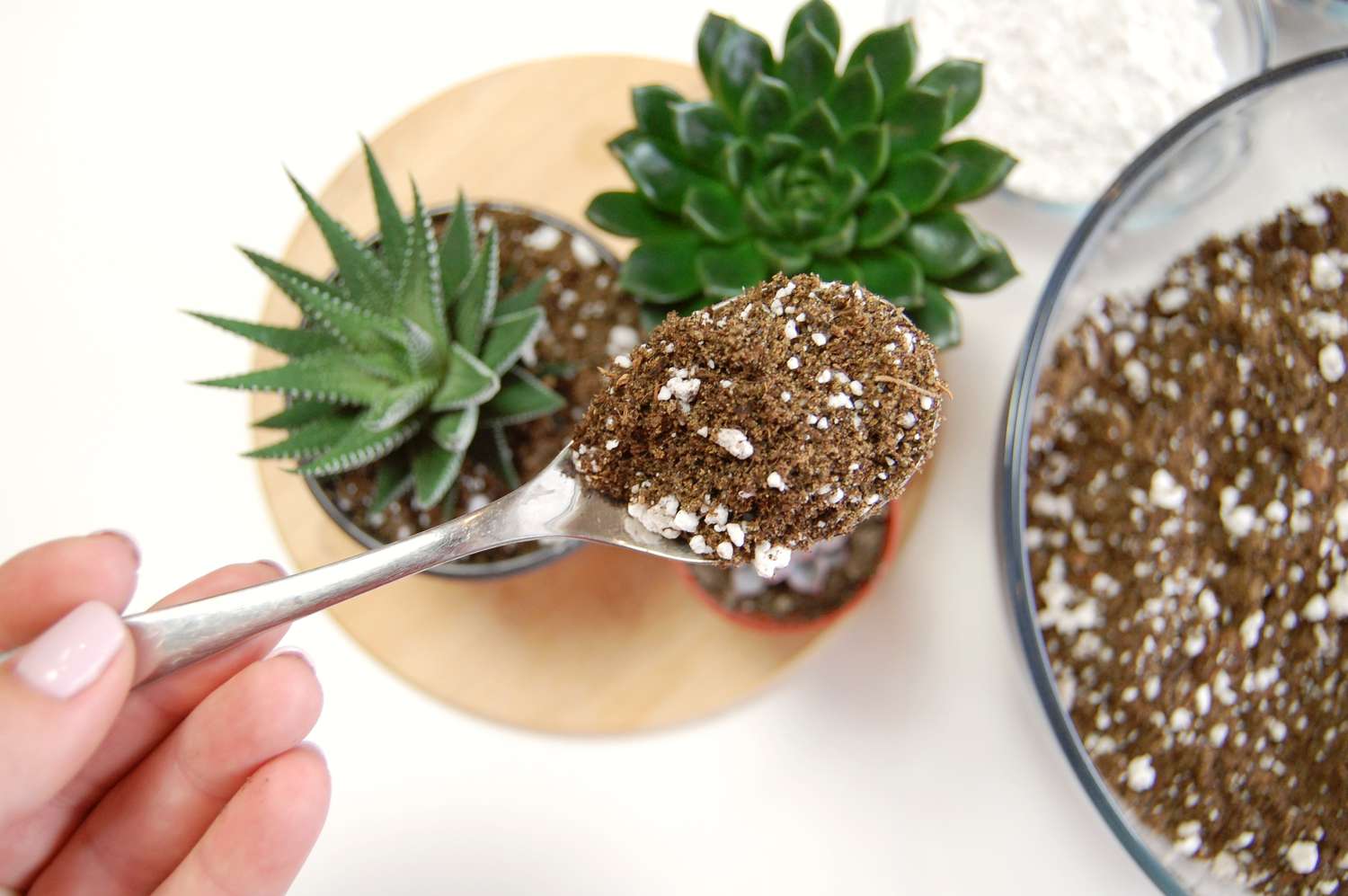
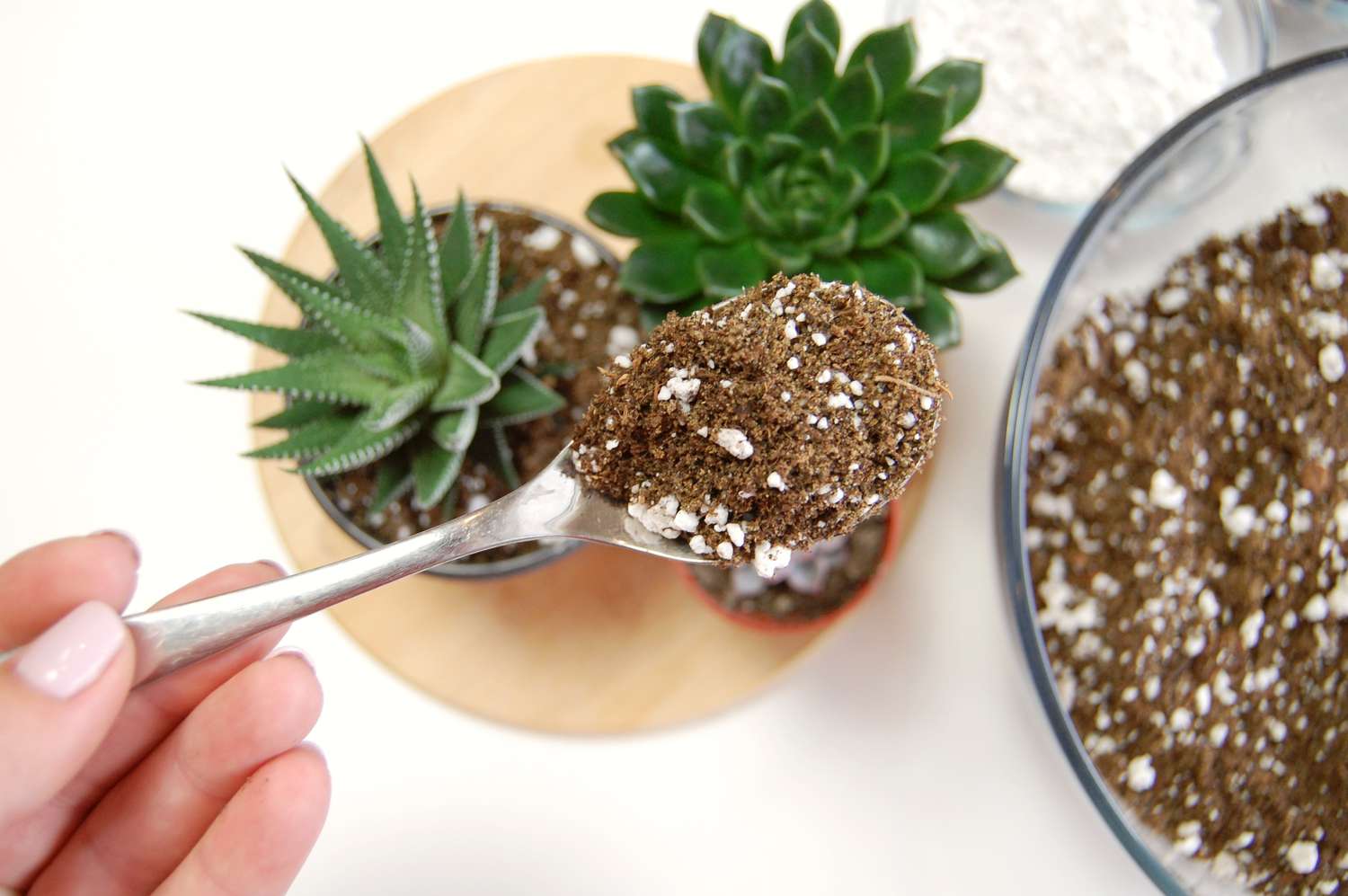
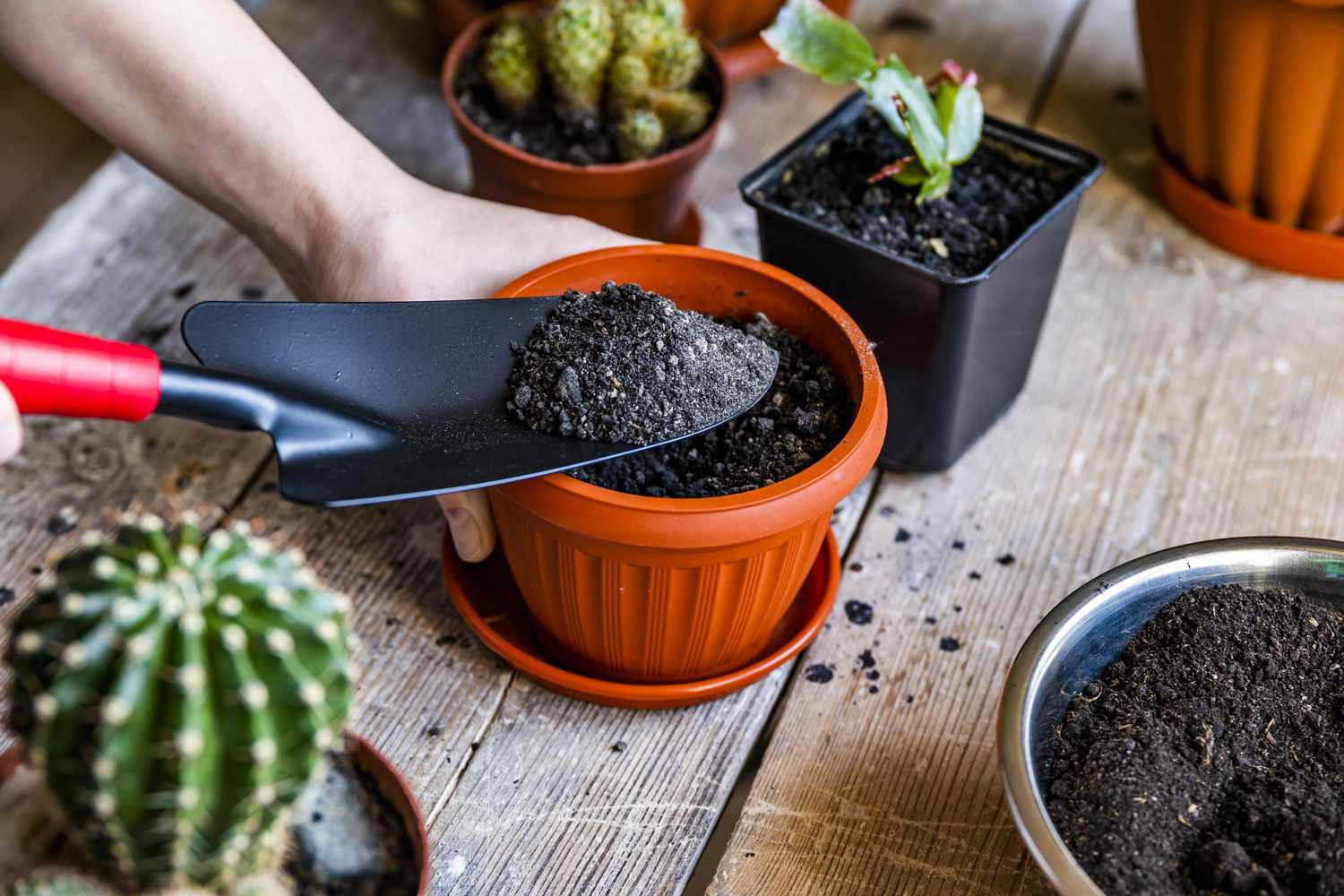
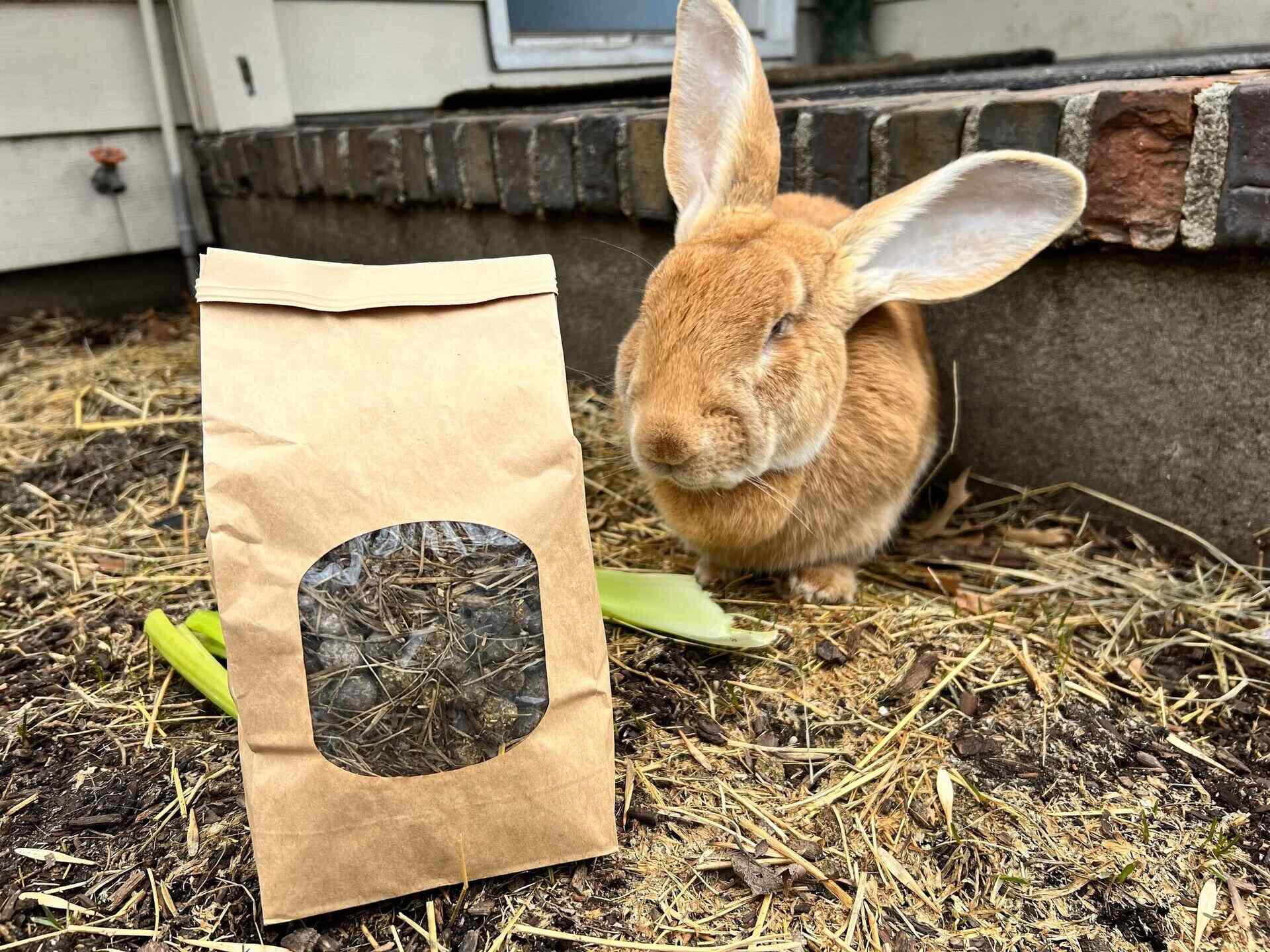
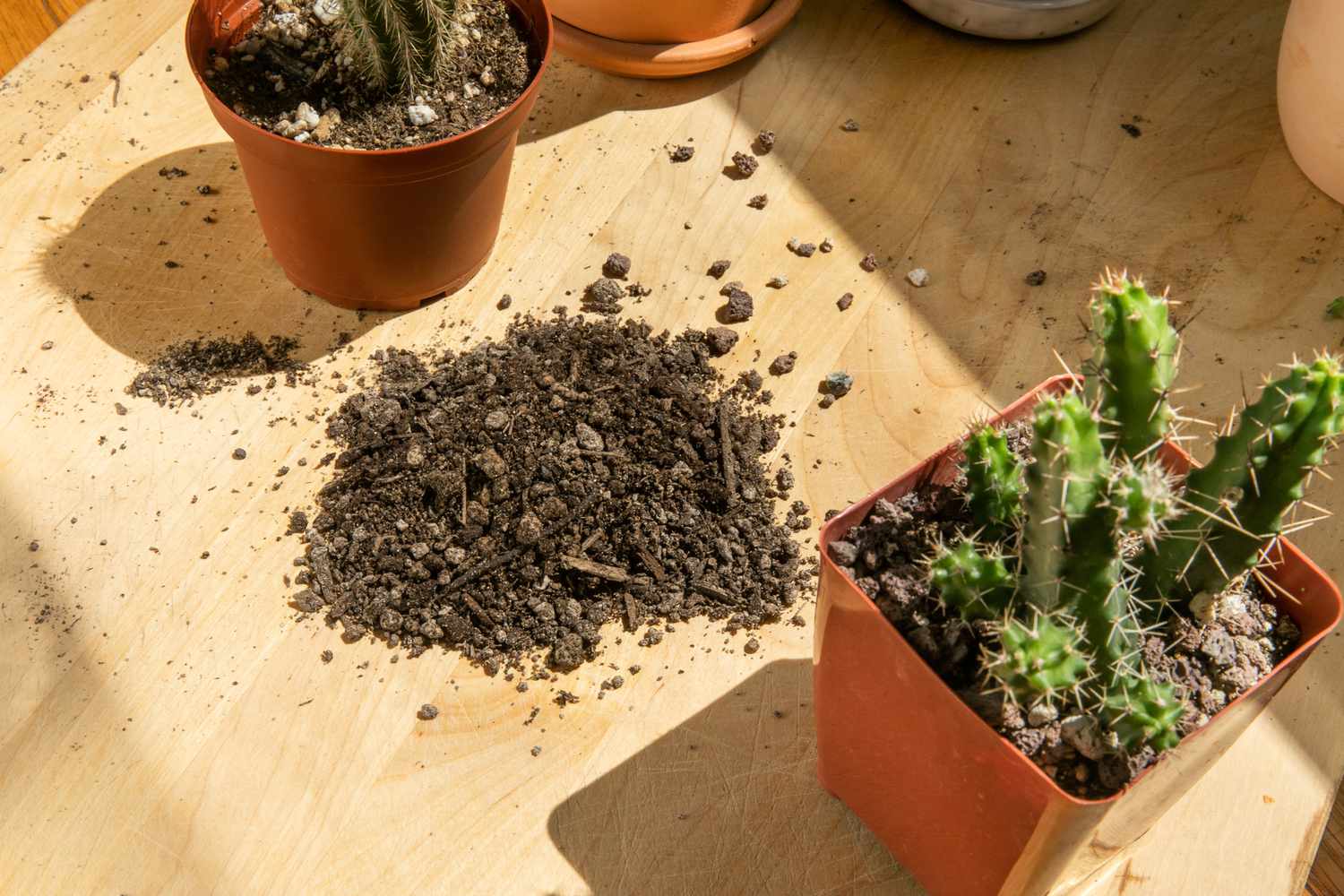
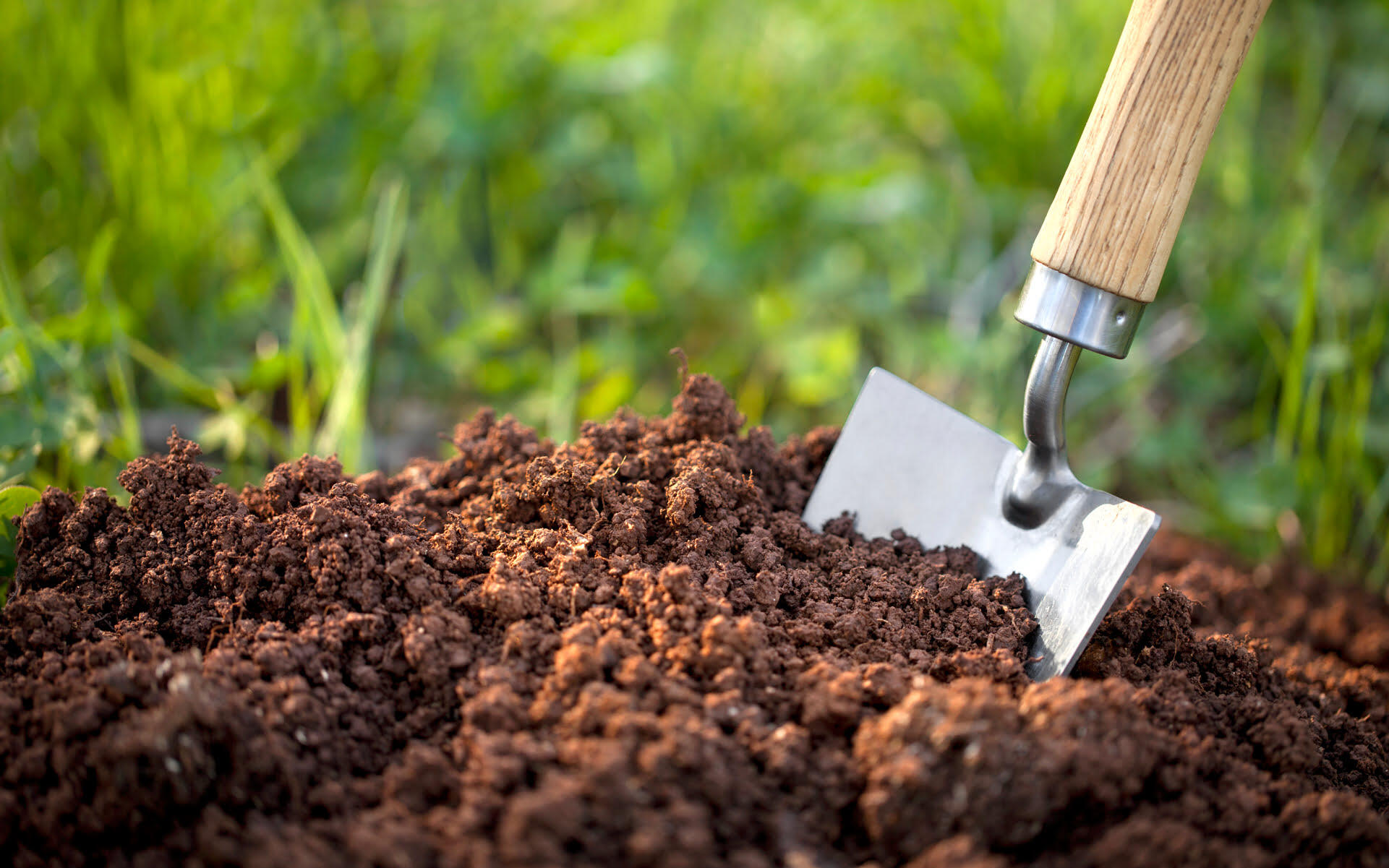
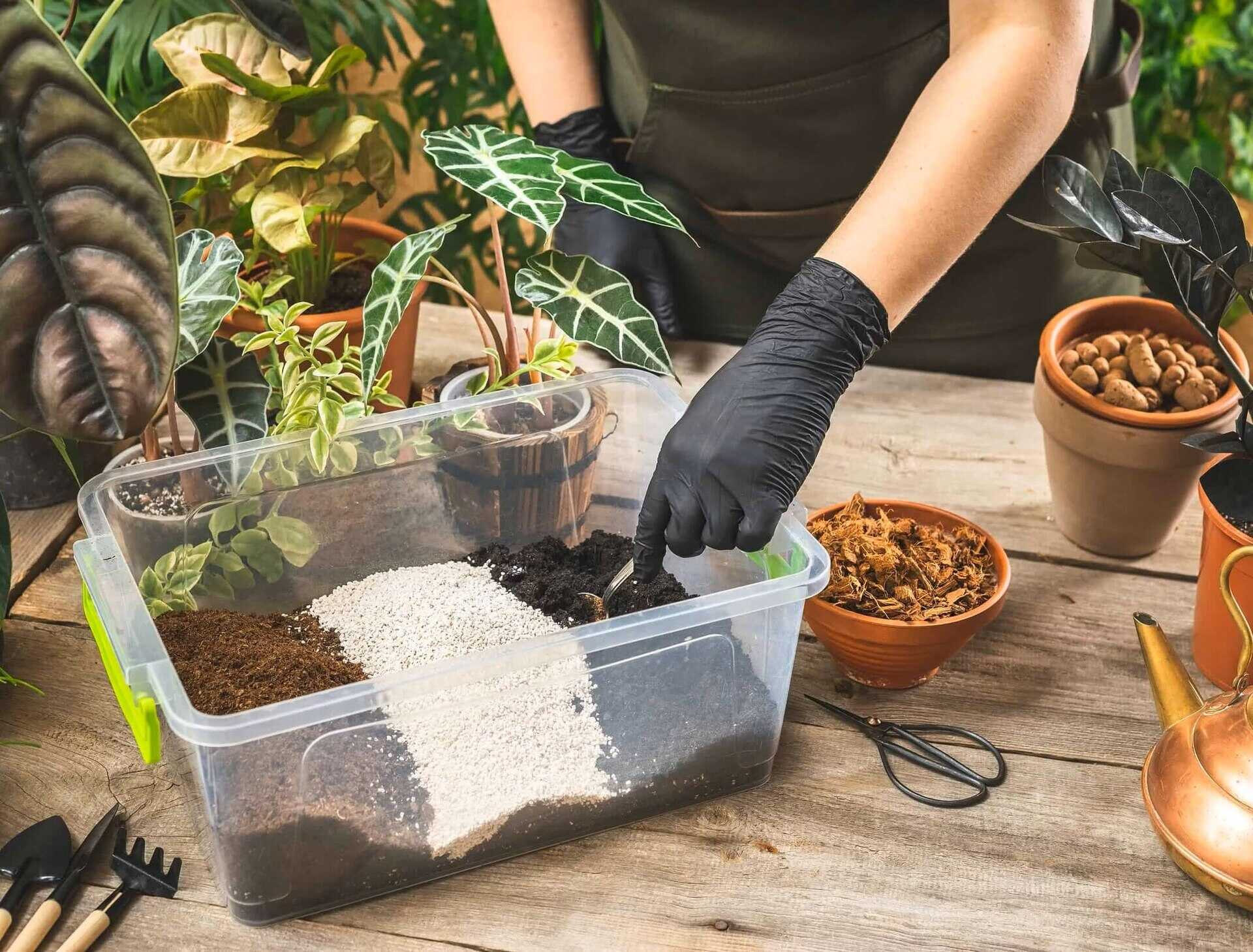
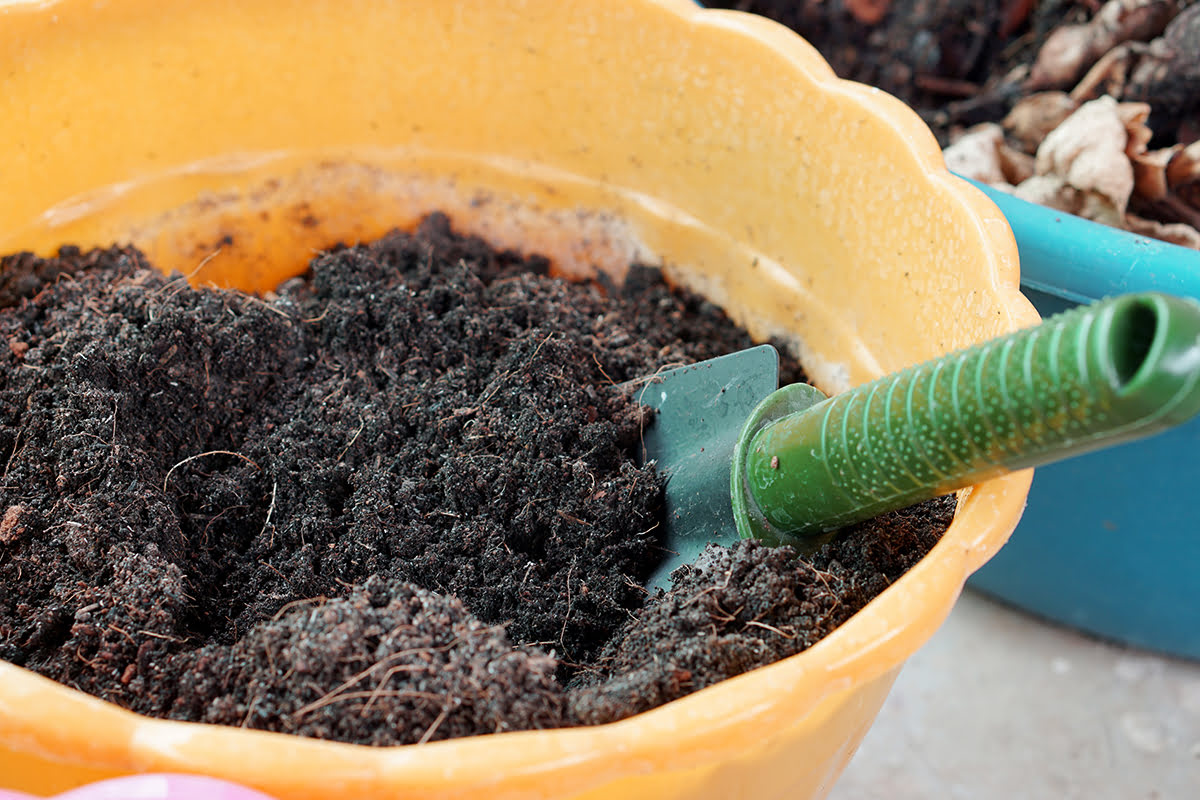
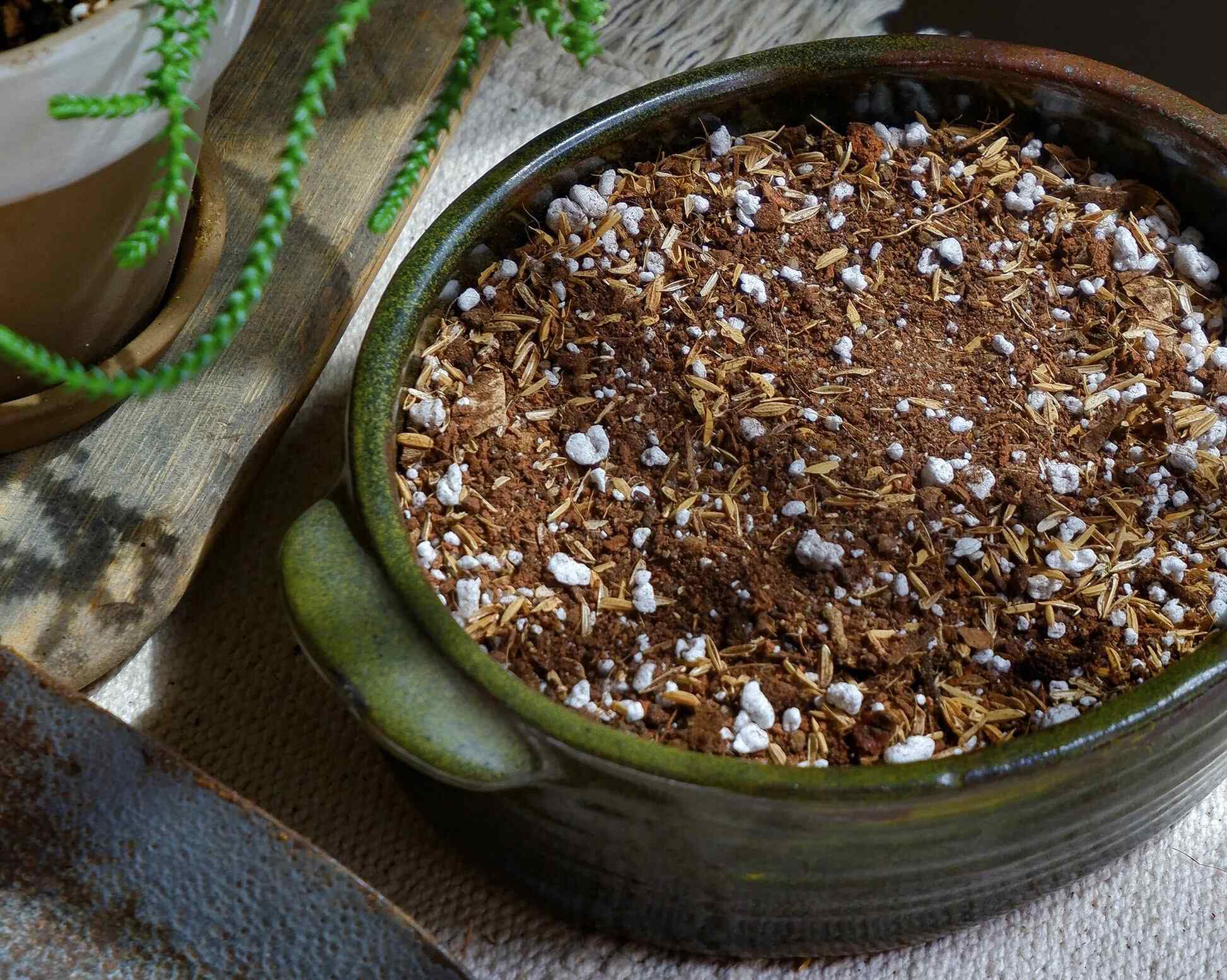
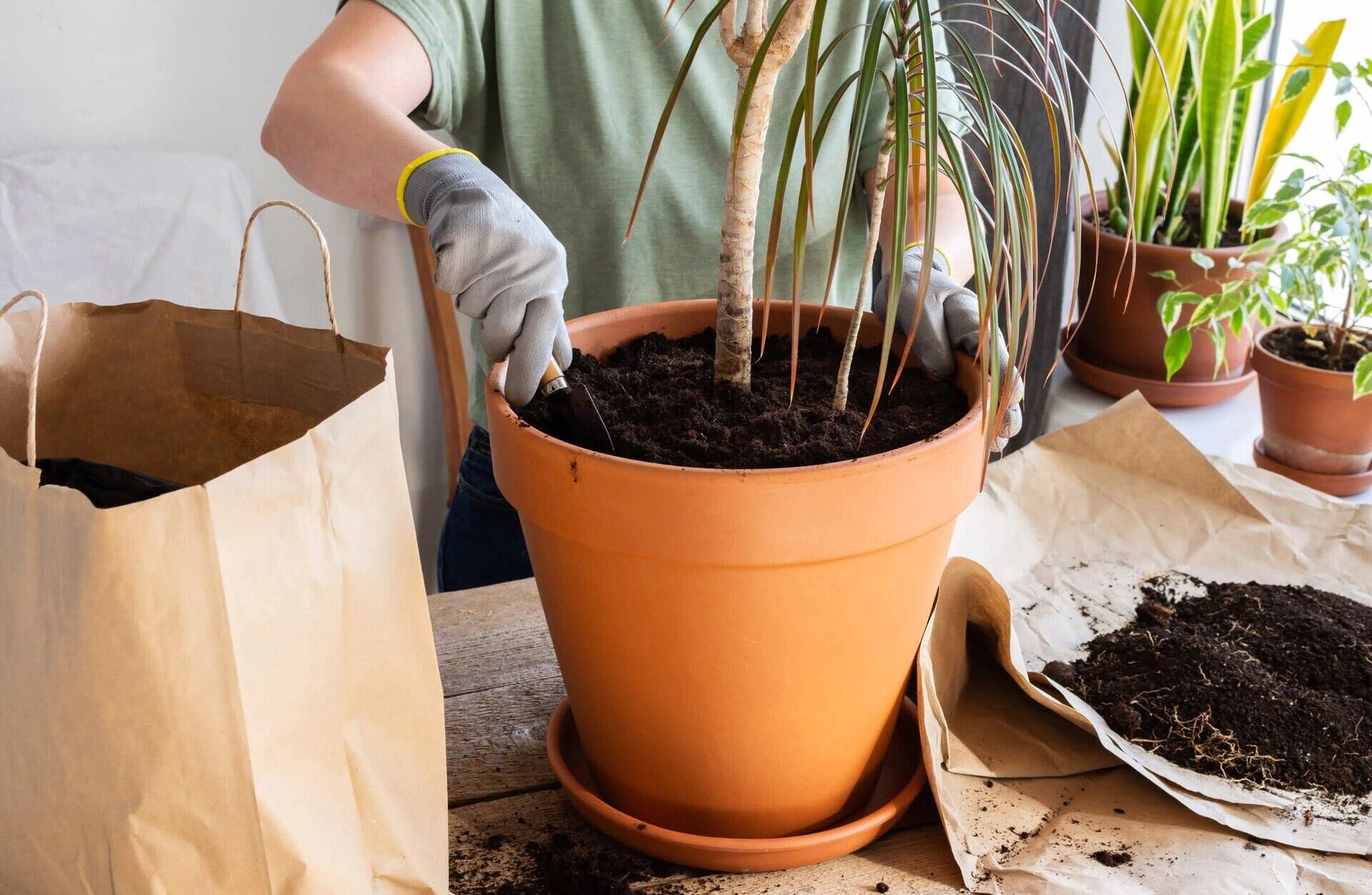
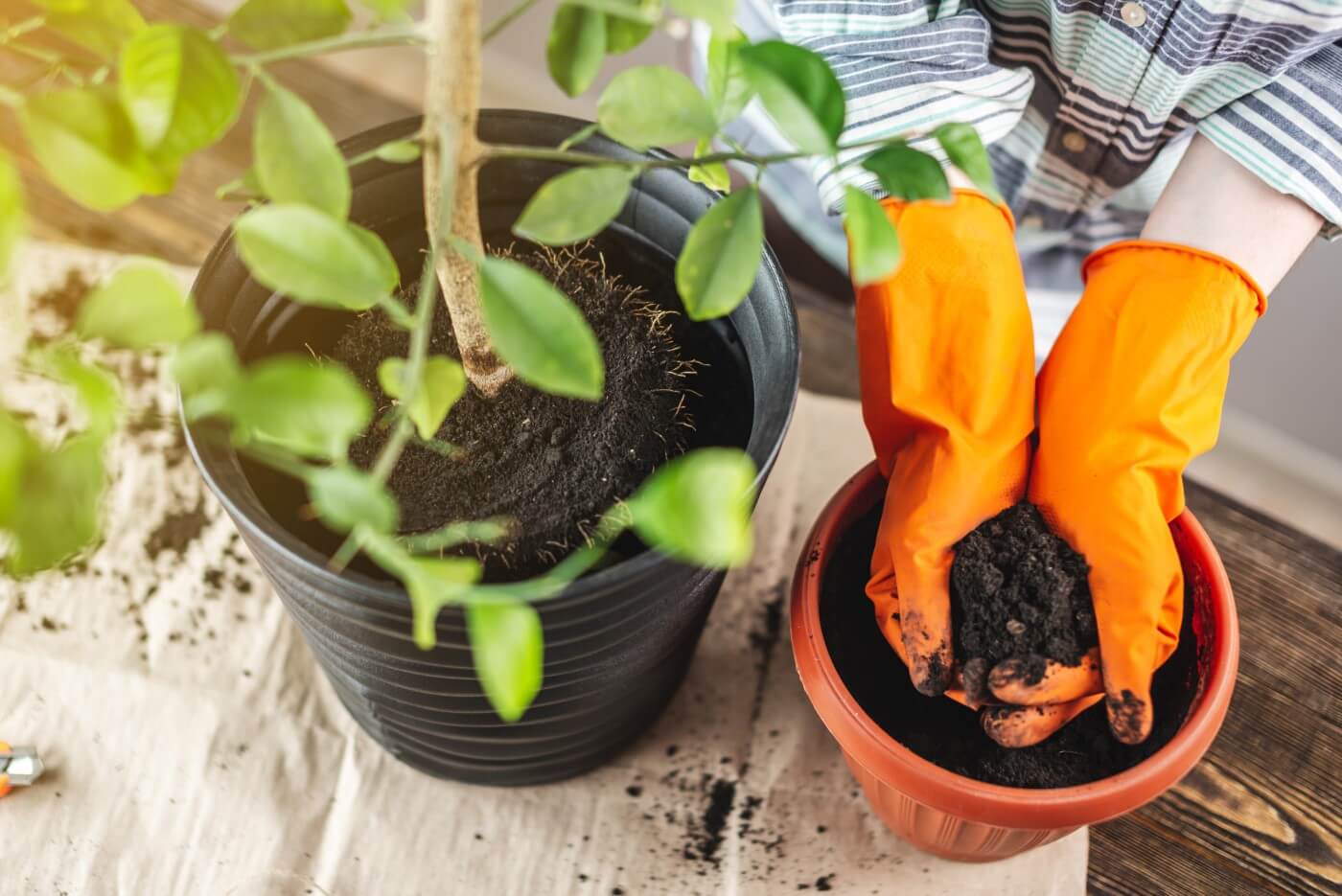
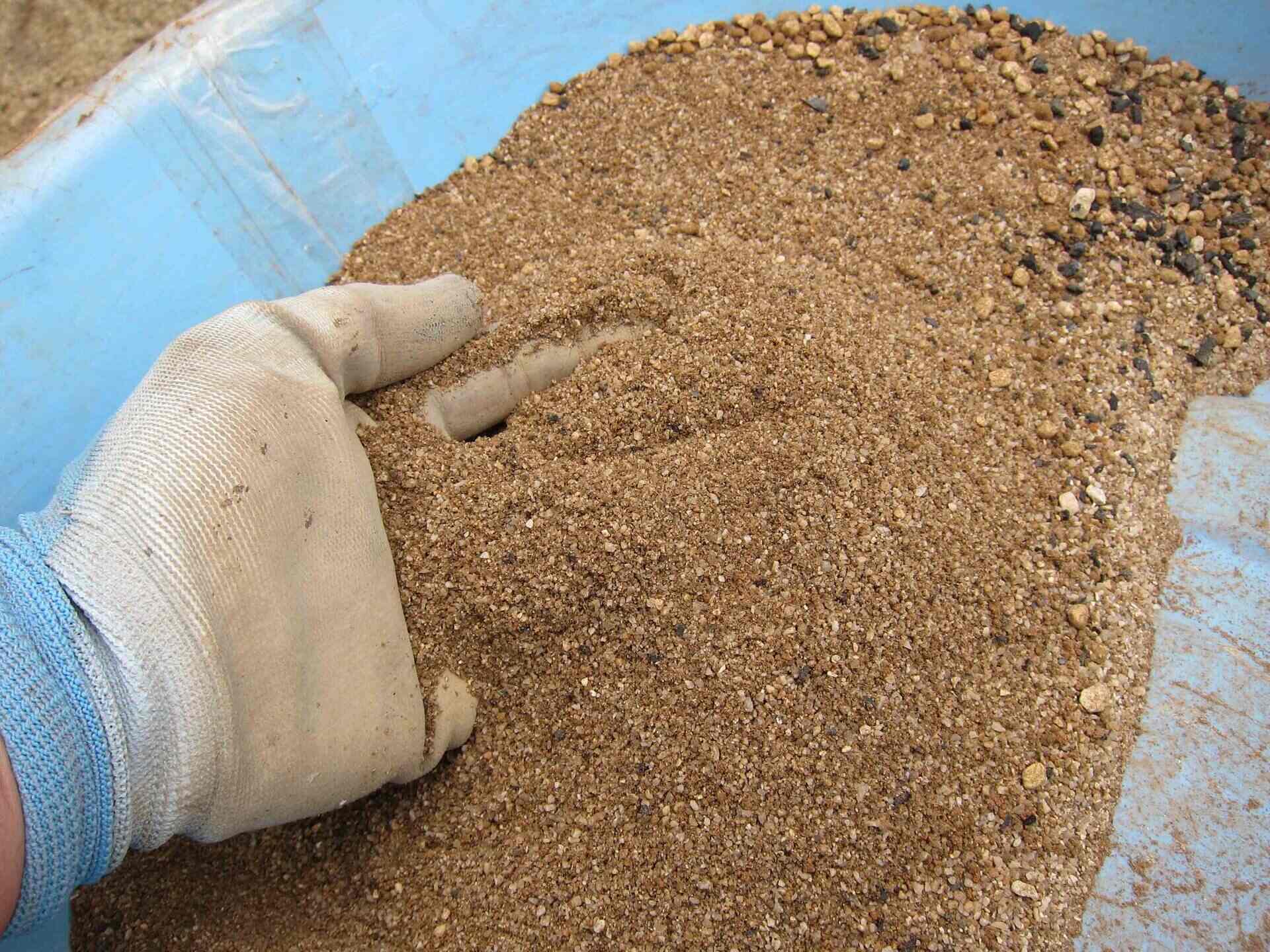
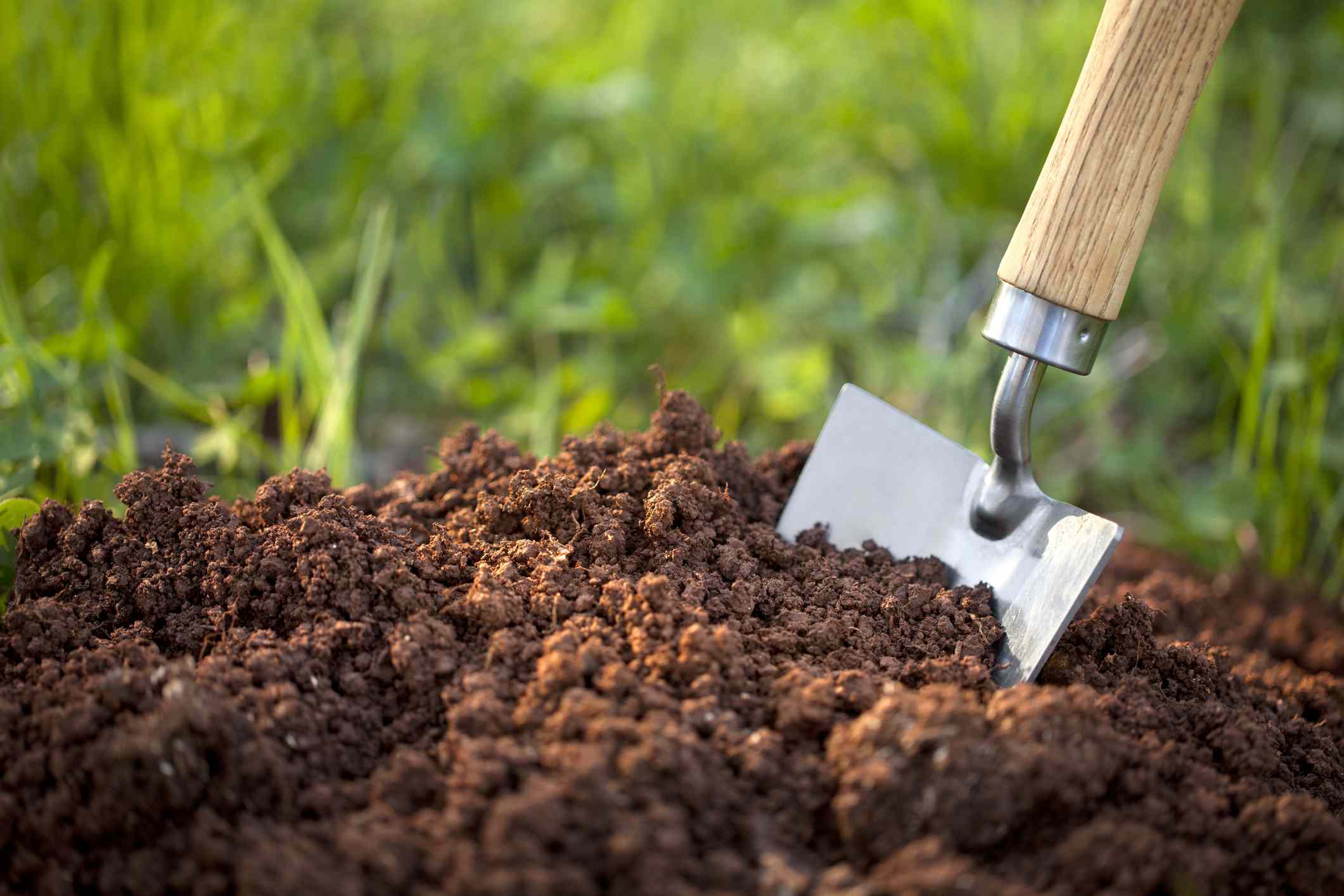
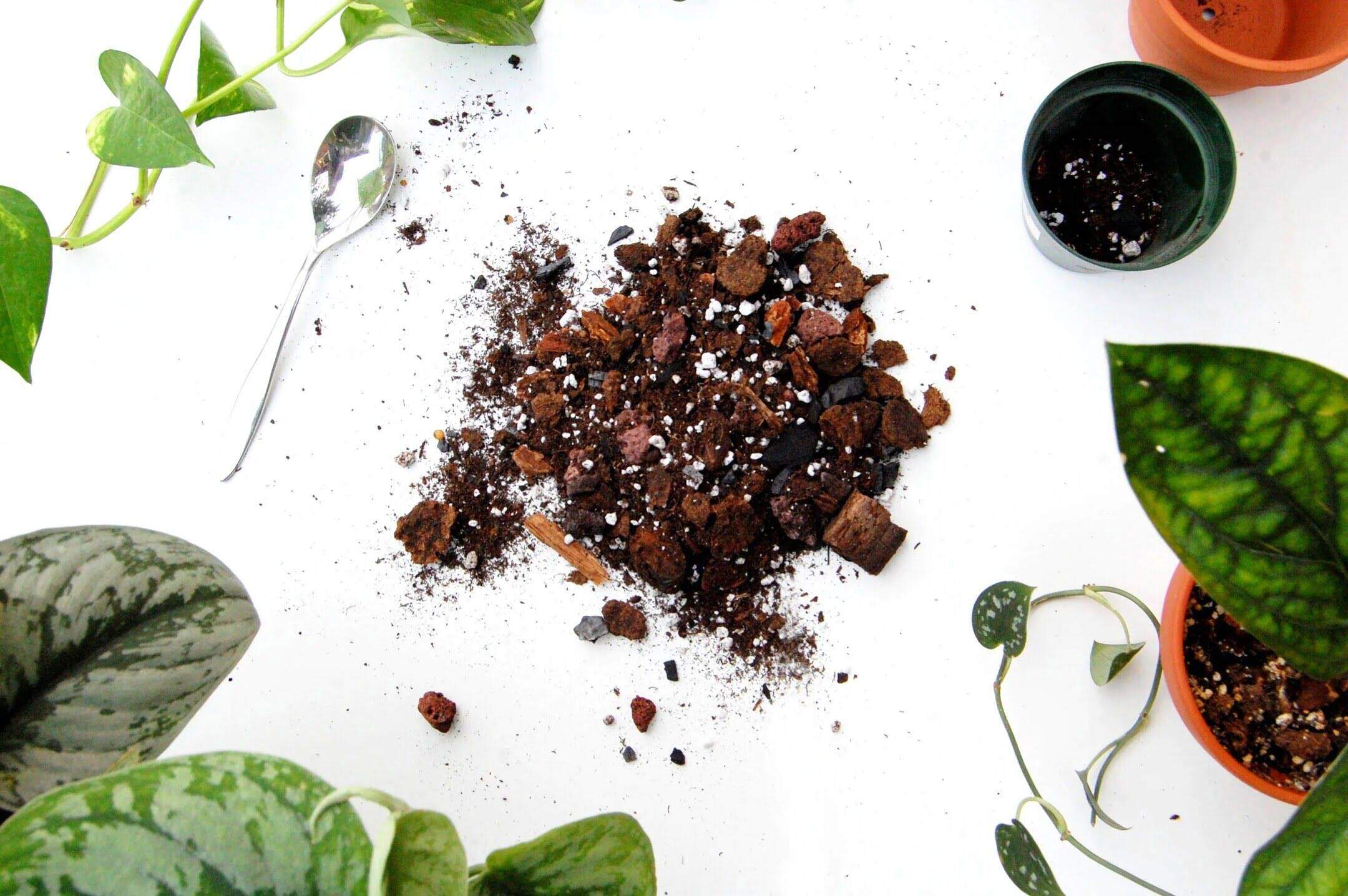

0 thoughts on “How Much Azomite Rock Dust To Add To Soil Mix”